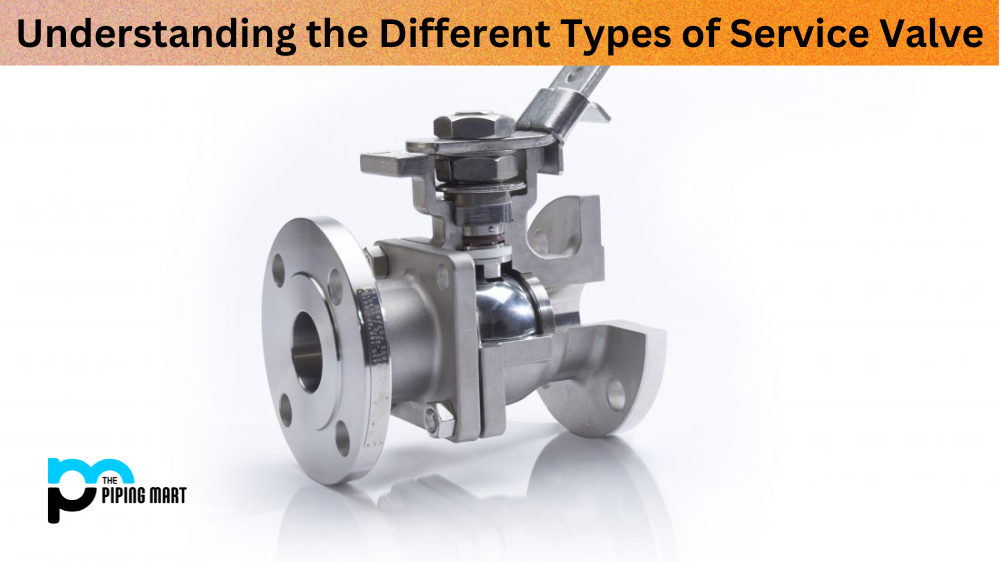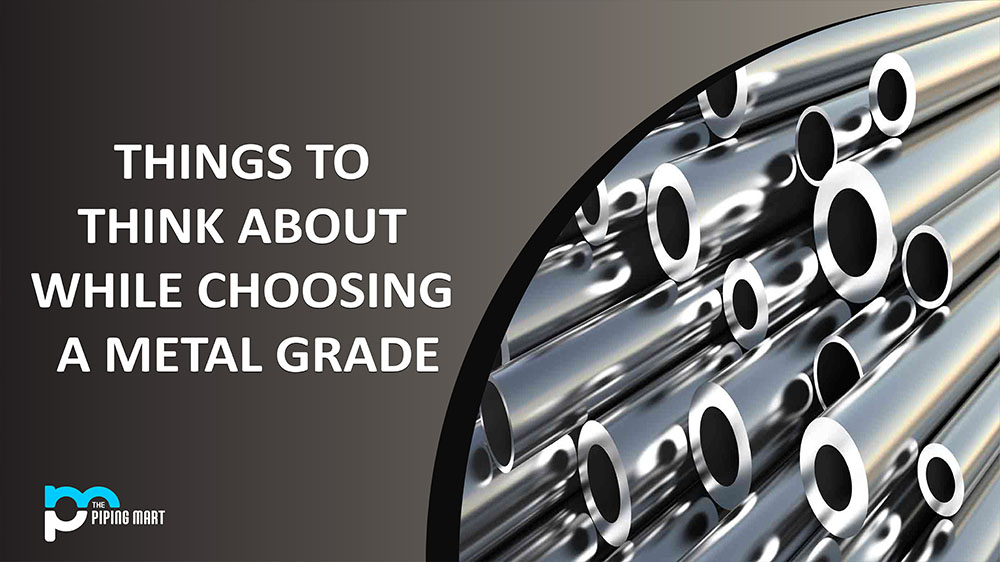One of the most crucial components is service valves in a pipeline system’s safe and efficient operation. These valves are designed to regulate, control, and isolate fluids in pipelines and other systems, ensuring everything works precisely. However, with so many service valves available, it can take time to understand which one is appropriate for your needs. Therefore, this blog post will examine the different service valve types and their specific applications.
Gate Valve
Gate valves are known for their excellent shutoff functionality, making them ideal for industrial applications without any acceptable leaks or seepages. They are designed to operate smoothly and come with either rising or non-rising stems. Rising stem gate valves are easy to use and maintain, while non-rising ones are more compact and excellent for tight spaces.
Globe Valve
Globe valves are designed to regulate flows in pipeline systems; they can be used with both gaseous and liquid mediums. They feature a globe-like body created by a bellow-shaped shell and a seat ring. When the valve is in operation, the disc moves perpendicularly to the seat ring, which controls the flow of fluids. Globe valves are ideal for systems requiring accurate control of flows.
Ball Valve
Ball valves are one of the most common service valves on the market. They feature a ball-shaped disk that has a hollow cavity in the middle. The ball disk is attached to a stem that rotates inside a cavity. When the balling disk is turned 90 degrees, the streamlined passage opens and allows the flow of fluids. Ball valves are suitable for high-pressure systems and perfect for systems requiring fast shutoff functionality.
Butterfly Valve
Butterfly valves are thin disk-shaped components that are attached to a stem. They are designed to regulate, control, and isolate fluids in large-diameter pipelines. Butterfly valves are operated by rotating the valve stem, which causes the disk to pivot at an angle, allowing the liquid to flow or be cut off entirely.
Check Valve
Check valves are the ideal service valve for conditions where backflow must be prevented. Check valves allow fluid to pass through one direction and control reverse flow. Check valves are crucial for applications that require protection from contaminated fluids.
Plug Valve
It’s a valve with a cylindrical or conical plug made of metal or other materials. What makes it unique is that it has a hole in the middle which allows fluids to flow through it. This hole can be rotated to control the flow of the fluid. The plug can move in or out of the valve body to control the flow. Plug valves are commonly used in oil and gas industries, water treatment, and chemical plants. They can withstand high temperatures and pressures, making them useful in various applications.
Pressure Relief Valve
A pressure relief valve is critical in any engineering or manufacturing system with high-pressure gases or fluids. This valve protects the system from potentially catastrophic failures by safely releasing excess pressure when it reaches a certain level. It’s an essential safety feature in oil and gas pipelines, chemical manufacturing plants, and power stations. With its ability to prevent explosions, fires, and other hazardous situations, the pressure relief valve is a testament to the importance of intelligent engineering in the modern world.
Conclusion
In conclusion, choosing the right type of service valve can significantly impact the effectiveness of your pipeline system. Gate valves, globe valves, ball valves, butterfly valves, and check valves are the market’s most commonly found service valves. Each has unique features that make them ideal service valves for specific purposes. Understanding these valves’ functions and specific designs will help you determine which is appropriate for your system. The more you know about the service valve, the better you can choose the right one for your needs.

Meet Bhavesh, a seasoned blogger with a wealth of knowledge and experience. From metal products manufacturing to retail, Bhavesh has a diverse background in various industries and is dedicated to sharing his insights and expertise with readers.




